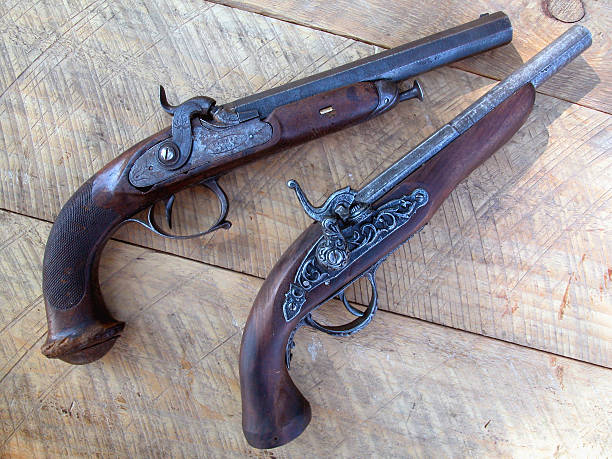The M4 rifle, an iconic firearm in military arsenals worldwide, has become synonymous with modern warfare and tactical operations. Developed in the United States, the M4 is renowned for its reliability, versatility, and adaptability to various combat situations. In this article, we delve into the history, features, and significance of the M4 rifle.
History:
The lineage of the M4 traces back to the M16 rifle, which was adopted by the United States military in the 1960s during the Vietnam War era. The M16 gained widespread acclaim for its lightweight design and the adoption of the 5.56x45mm NATO cartridge, which offered reduced recoil and improved ammunition capacity compared to its predecessors.
The need for a more compact version of the M16 emerged during the late 20th century as military operations increasingly involved close-quarter combat scenarios. In response, the M4 Carbine was developed as a shorter and lighter variant of the M16A2 rifle. Officially introduced in the early 1990s, the M4 quickly gained favor among military units due to its maneuverability and enhanced ergonomics.
Features:
- Compact Design: The M4’s shortened barrel and collapsible stock make it highly maneuverable in confined spaces, such as urban environments or vehicles, without compromising firepower.
- Modularity: One of the defining characteristics of the M4 is its modular design, allowing for various accessories and attachments to be easily integrated. This modularity enables operators to customize the rifle according to mission requirements, including optics, grips, and laser aiming devices.
- Reliability: Renowned for its robustness and reliability, the M4 has undergone extensive testing in diverse environments to ensure consistent performance under adverse conditions. Its gas-operated, rotating bolt system contributes to its reliability and ease of maintenance.
- Versatility: The M4’s adaptability extends beyond its modular design. It can fulfill multiple roles, from close-quarters combat to medium-range engagements, making it a versatile weapon platform for a wide range of military and law enforcement applications.
- Compatibility: As part of the M16 family, the M4 shares many common components and accessories with its predecessors, facilitating logistical support and familiarity among users.
Significance:
The M4 rifle has played a pivotal role in modern military operations, serving as the primary weapon for infantry units, special forces, and law enforcement agencies worldwide. Its reliability and effectiveness in combat have cemented its status as a cornerstone of small arms weaponry.
Moreover, the M4 has undergone continuous evolution and improvement over the years, with various upgrades addressing feedback from users and advancements in technology. These efforts have ensured that the M4 remains at the forefront of small arms development, incorporating features such as improved ergonomics, enhanced rail systems, and compatibility with advanced optics and aiming devices.
Beyond its operational significance, the M4 has also attained cultural prominence, featuring prominently in movies, video games, and popular media. Its distinctive profile and association with elite military units have made it an enduring symbol of professionalism and capability.
In conclusion, the M4 rifle stands as a testament to the ingenuity and adaptability of small arms design. From its origins as a compact variant of the M16 to its current status as a cornerstone of modern infantry weaponry, the M4 continues to embody excellence in performance, versatility, and reliability on the battlefield.


